Hi everyone. It’s September, and we’re going into my favorite time of the year, the autumn. We have quite a few updates for this month.
Want to get news like this directly in your email inbox? Make sure to sign up for our mailing list.
LongMill and Extension Kit Orders
Production for LongMill and Extension Kit orders have continued to move smoothly. We have very short lead times at the moment and most orders should ship within a few days, if not on the same business day.
We have received the controllers that we were waiting on last month and we expect them to last until the end of the year. Other parts are in stock and we hope to have shorter lead times over the next few months.
We also recently launched the Beginners Kit, which was designed to help package everything we believe someone getting started with CNCing should get. The idea was to be able to:
1) Package everything so that it offers a one-stop package for CNCing
2) Allow us to pre-pack a number of kits and ship them out within the same day or next day
3) Improve our efficiency in packing and shipping kits
This is an experiment to some extent for us, since our production team wanted to see if we can streamline our process. As a way to pass along some of the savings, we have been offering $100 for each kit as an incentive.
Interestingly enough, at this moment, we still have about a 50/50 split on Beginners Kit orders and regular machine orders. We’ll continue to see if we see any new trends here.
LaserBeam Orders
LaserBeam orders continue to move out slowly, and most are shipping within a few days.
Vortex Rotary Orders
We have continued to ship around 40 to 50 units per week and are expecting to complete the queue in the next 2 weeks. We are advising customers that the wait time is expected to be around 3-4 weeks, but I expect that after a couple of weeks, we expect the lead times to reduce.
We are nearing the end of the first batch of the Vortex Rotary Axis, with around 100 units left in stock at the time of writing. We are currently working on wrapping up this batch and have started manufacturing parts for the next batch.
We have started to see people using the Vortex in the wild! We are thrilled to see these new results.
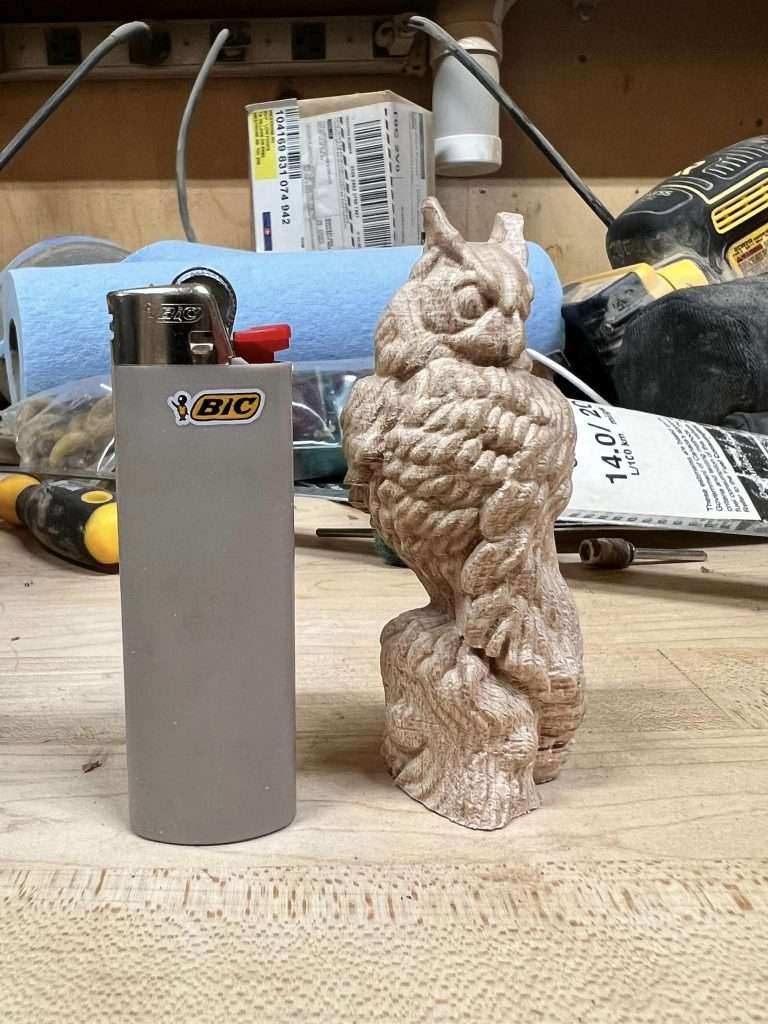
Additionally, the gSender team has continued to improve the experience of using the Rotary mode on gSender. We are expecting a new version of Edge to come out in the next week or so. You should continue to see new resources and projects available for the Vortex on our Resources, and we are currently working putting out a few project videos and tutorials on Youtube soon, so make sure to subscribe to stay on top of that!
T8 Spring Loaded Anti-Backlash Nuts
Another recent launch was our T8 Spring Loaded Anti-Backlash Nuts. We saw a common issue with the LongMill was getting the correct tension on the original nuts, and some beginner users were making the mistake for overtightening their nuts and causing them to bind.
The idea for spring loading them was to make them self-adjusting, so that the user doesn’t need to touch them after they are installed. You can read the full article for more information.
We have continued to test our production nuts, which have overall worked well. However, we have noticed that to improve their long-term ability to reduce backlash, we can increase the force holding the arms together to further reduce backlash and allow for more variability of wear over time.
Currently, we are working on some new ideas using spring steel clips and circlips, as the size constraints of the nut create some limitations on the size and shape of the nut we can make.
Additionally, we’ve gotten a lot of feedback where people are also interested in a T12 version, and we are currently working on a design for this as well.
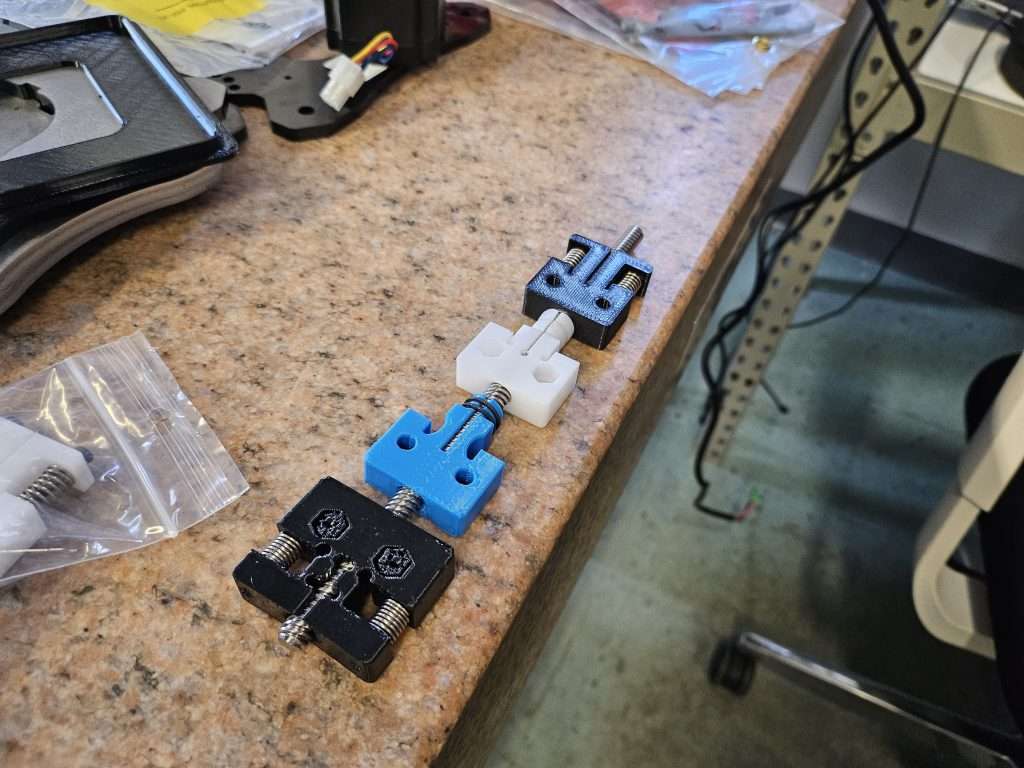
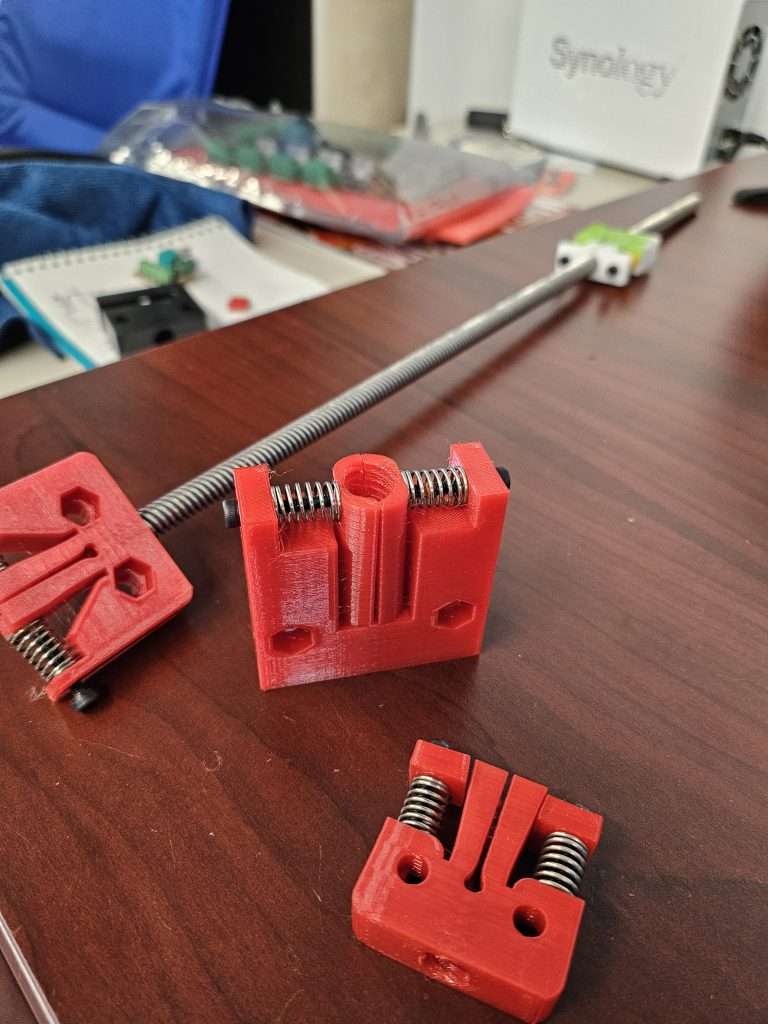
In the next few weeks, we’ll be sending our surveys to our users to gather feedback.
SuperLongBoard Beta Testing
We have installed two SLBs with beta testers last week. One with Ian, who has a Onefinity, and Ed, who has a MK2 LongMill. The objective for the beta testing is to look for issues that we might have missed in the use or design, do real-life comparisons between the old and new board, and do real-life durability and performance testing.
We had really great results with testing on Ian’s Onefinity, which was our first installation. His former setup used the original LongBoard. Once we installed the new controller we noticed a couple of new improvements.
- – We were able to increase the max feedrate from around 8000mm/min to 16,000mm/min
- – The noise and hissing on the motors were significantly reduced
There are currently two issues that we are expecting to resolve in the second version of the prototype expected to arrive in the next 1-2 weeks.
- – Wiring is not good for the homing switches, causing them to disconnect. The new plugs on the new version should eliminate this
- – Powering on the 24V side before the computer signal can cause an error with the way that the MCU communicates with the drivers. We are expecting this issue to be resolved in the new board as well.
Since this is our first-hand experience with working with our electronics on a different machine, we’re excited about the possibility of offering the SLB on other hobby CNC machines.
For Ed’s testing, we also noted these improvements:
- – The responsiveness and sensitivity of the touch probe has improved, which we believe is because the processing speed of the MCU is much faster, and so it takes less time for the touch to be detected.
- – While inconclusive if this makes a difference, but we noticed that the inductive sensors with the original board were flickering at times, whereas the new controller showed the lights to be on bright. We suspect that because the power coming to activate those sensors are coming from the power supply instead of the computer, we should expect the reliability of the homing switches to improve. We tested the homing sequence and they both work
- – We were able to increase the feedrate from 4000mm/min to 6000mm/min
- – We were told that on the original board, turning on the vacuum and running the board on the same circuit would cause a disconnection. We tested the new board while sharing a circuit, and found that it did not have a disconnect.
We are also working through an issue where a skew in the y-axis causes binding at rapids (about 4mm of skew). We think that this may be caused by a few things:
- – The skew itself causes more stress on the machine, so the motors are over-torqued.
- – Since Ed is using the old version of the power supply which is rated for 10A, rather than 12.5A, the board needs more power.
Based on the motor tuning done by Andrew and his team, we are running the motors at around 3.5A peak, which is about 20-30% higher than the default setting on the TB6600 on the original boards. This means that if all motors draw power at peak simultaneously, the board could be drawing around 14A.
We have replaced Ed’s power supply with a higher-powered one and are continuing the testing.
After the testing, we found several different things that we can improve on, and Chris and the rest of the technical development team are making changes and updates to the gSender and firmware to add more features and improve the performance and settings on the board.
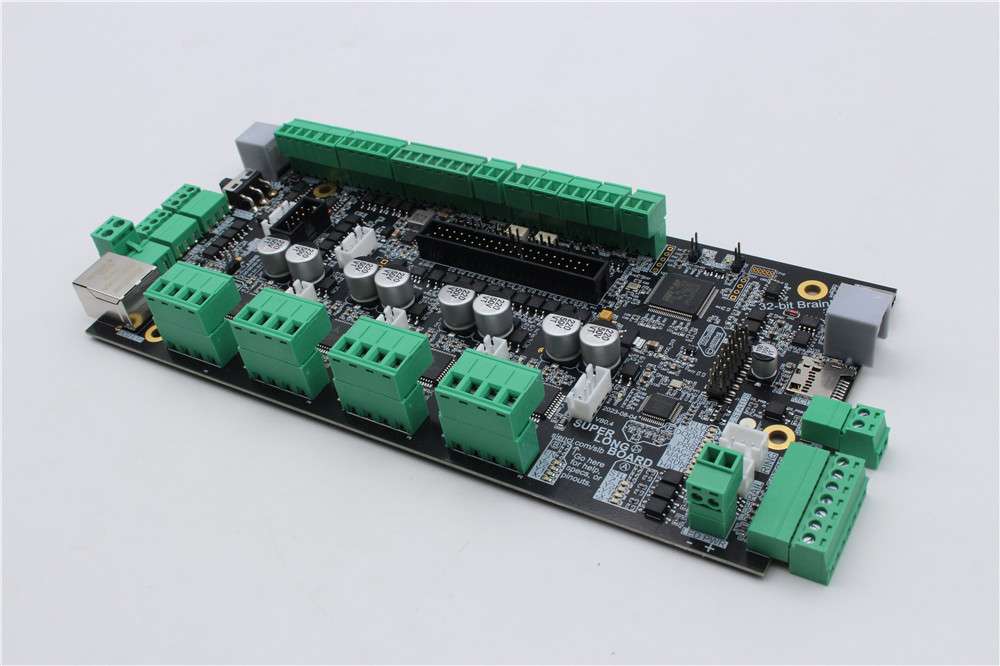
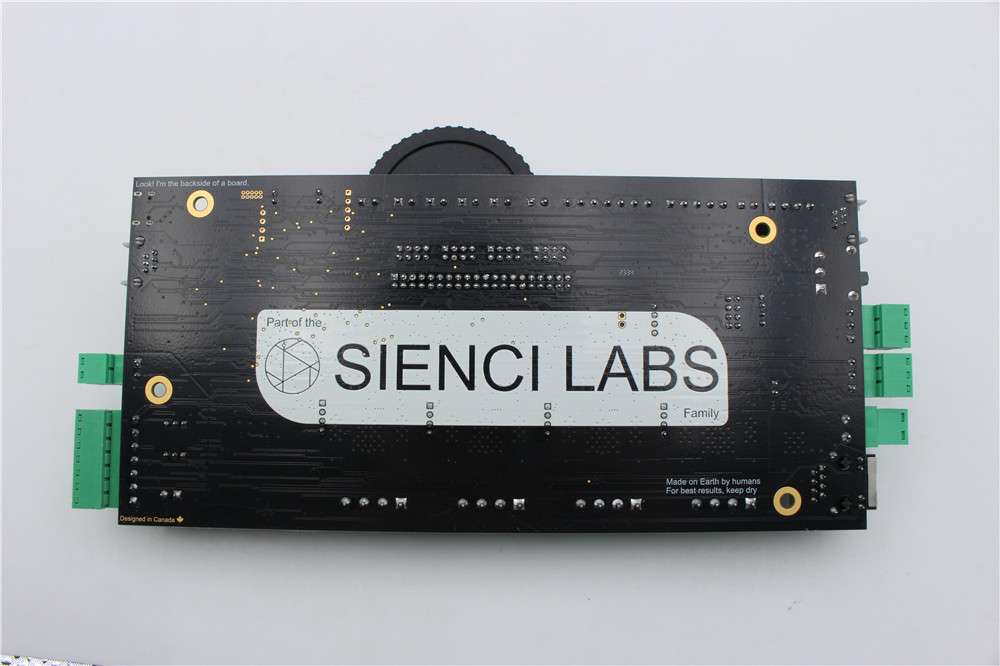
Assuming all goes well, we hope to have the new boards available near the end of the year.
Hamilton Woodworking Show
After a long hiatus due to COVID, we are coming back to the Hamilton Woodworking Show! Make sure to come join us, where we’ll be showcasing the LongMill, LaserBeam, and the Vortex! The event is on Oct 20 to the 22nd.
We’ll also have a few Beginners Kits available for sale so you can come check out our stuff and go home with a machine.
Sienci Router
Another new project we’ve started working on is our own router/spindle! The idea is to build something to replace the very common Makita RT0701 router with something similarly compatible. Although the Makita RT0701 is a very good option, we felt like there were a couple of areas that we could improve such as:
- – Control over the speed with connecting with gSender
- – Durability
- – Precision
- – Noise
We’re still in the early stages of development, so we’re still trying to decide on what sort of features and functionality we want to see in this new product.
We don’t have a specific timeline yet for this product, but we aim to have something available at the start of next year.
Want to provide us with feedback on what you want to see in our development? Please fill out the survey below, or use the link (https://forms.gle/LwLu7ydBKBnNcmDt5)!